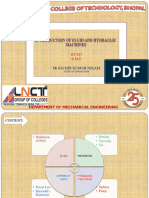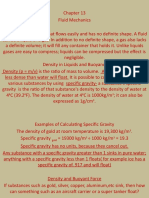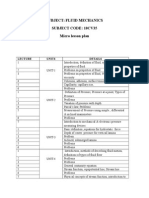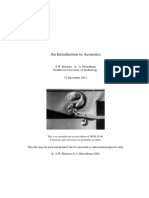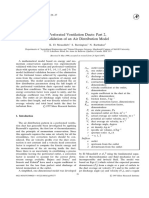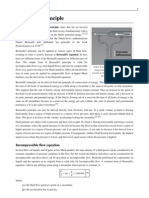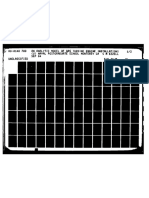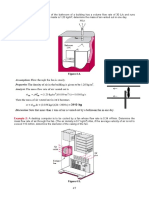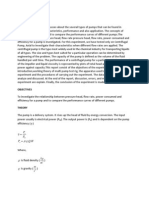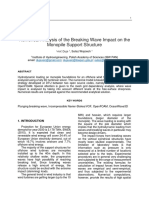0% found this document useful (0 votes)
23 views26 pagesFluid Mechanics
The document provides an overview of fluid mechanics, covering fluid statics and dynamics, including principles such as Pascal's, Archimedes', and Bernoulli's. It explains key concepts like density, pressure, viscosity, elasticity, and their mathematical representations. Additionally, it discusses applications of these principles in engineering and real-world scenarios.
Uploaded by
mikhaela.senoCopyright
© © All Rights Reserved
We take content rights seriously. If you suspect this is your content, claim it here.
Available Formats
Download as PPTX, PDF, TXT or read online on Scribd
0% found this document useful (0 votes)
23 views26 pagesFluid Mechanics
The document provides an overview of fluid mechanics, covering fluid statics and dynamics, including principles such as Pascal's, Archimedes', and Bernoulli's. It explains key concepts like density, pressure, viscosity, elasticity, and their mathematical representations. Additionally, it discusses applications of these principles in engineering and real-world scenarios.
Uploaded by
mikhaela.senoCopyright
© © All Rights Reserved
We take content rights seriously. If you suspect this is your content, claim it here.
Available Formats
Download as PPTX, PDF, TXT or read online on Scribd
/ 26



















